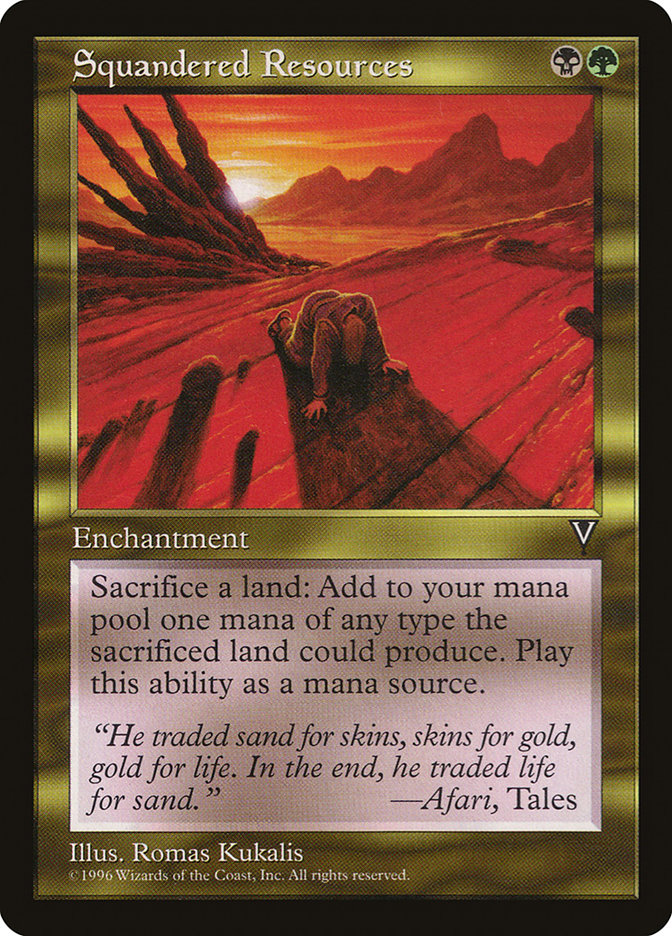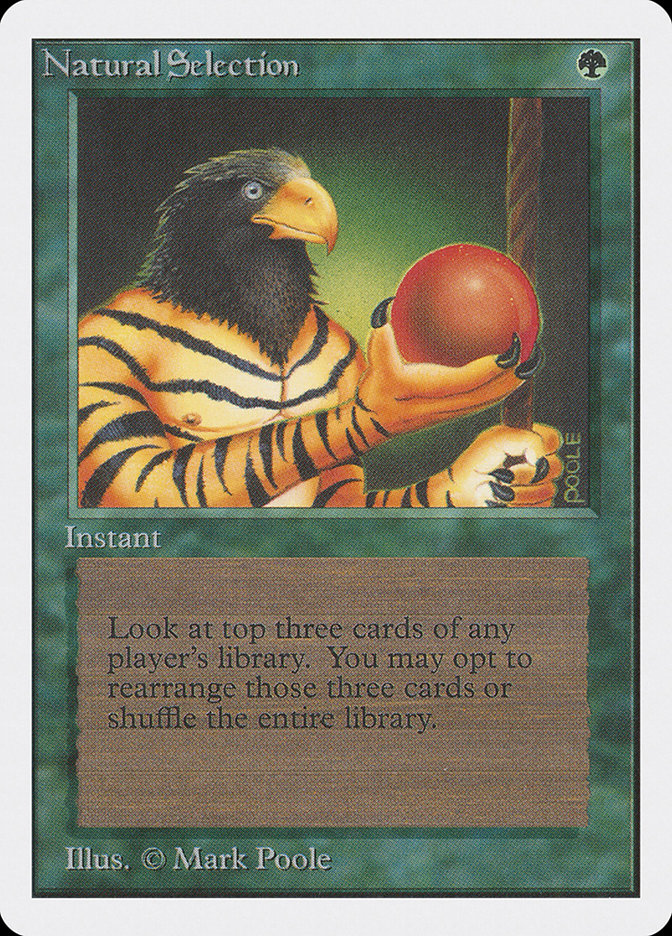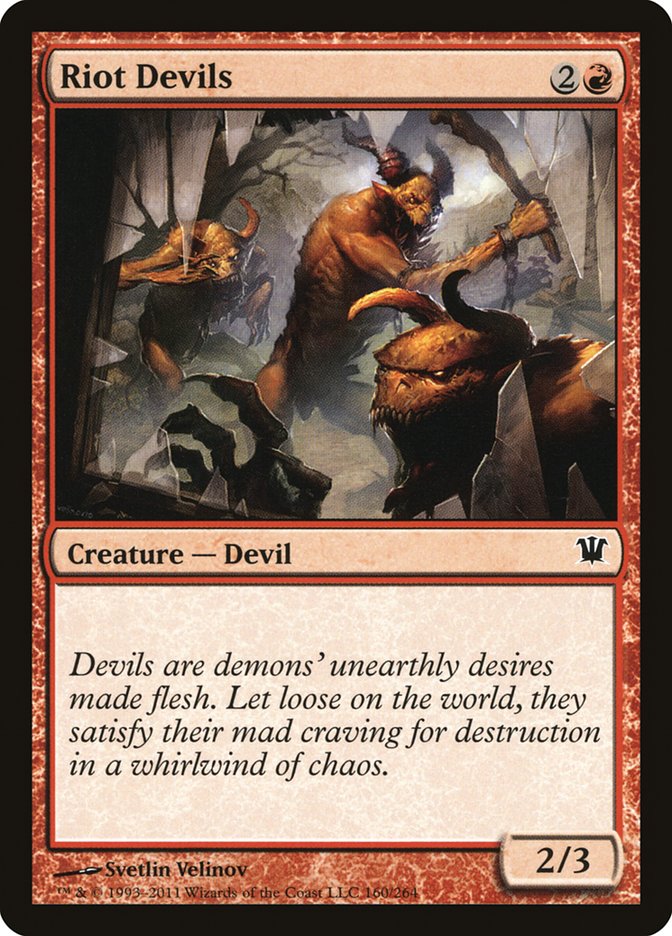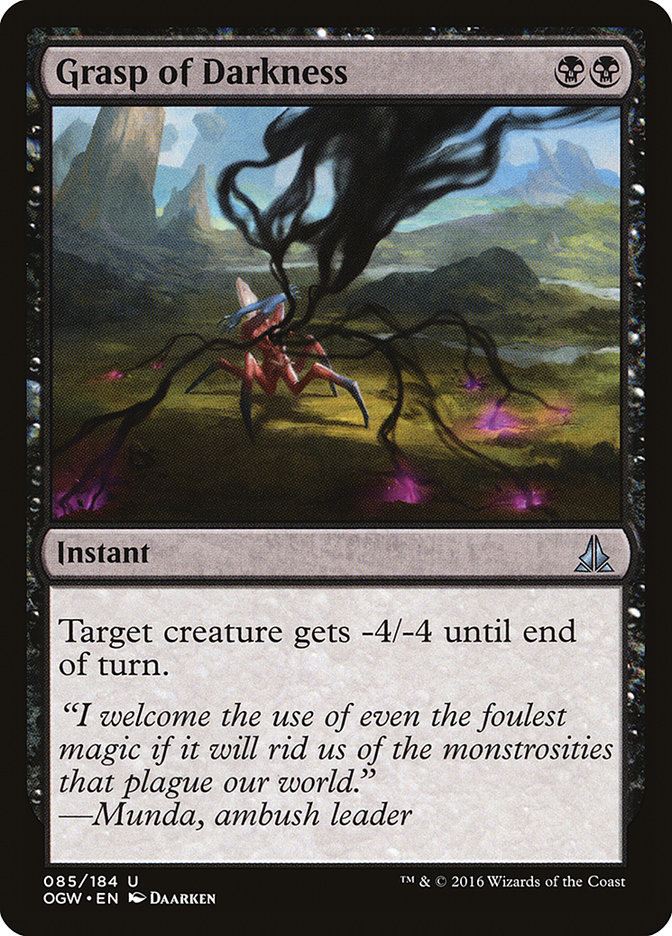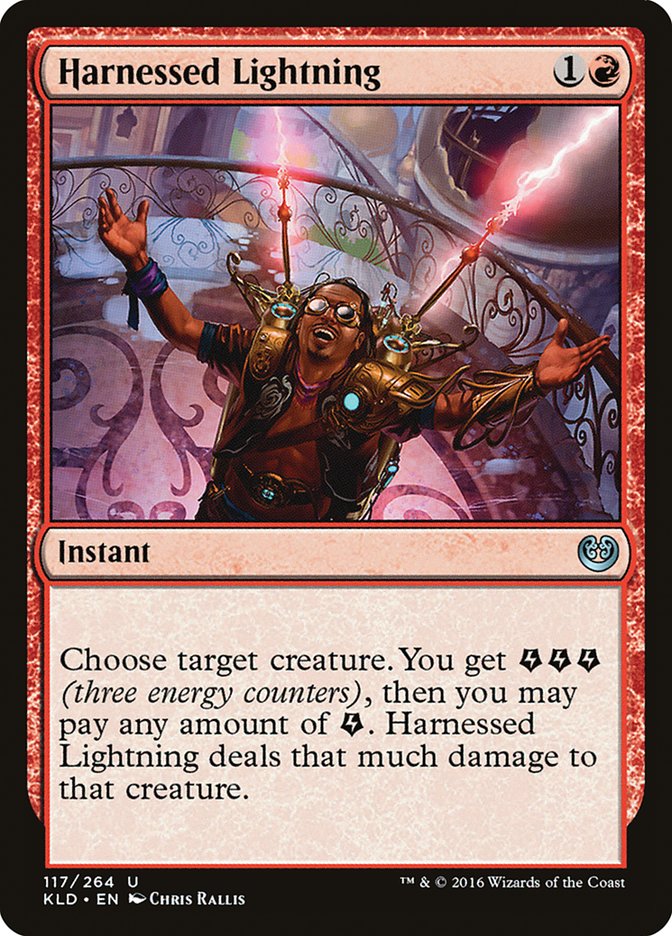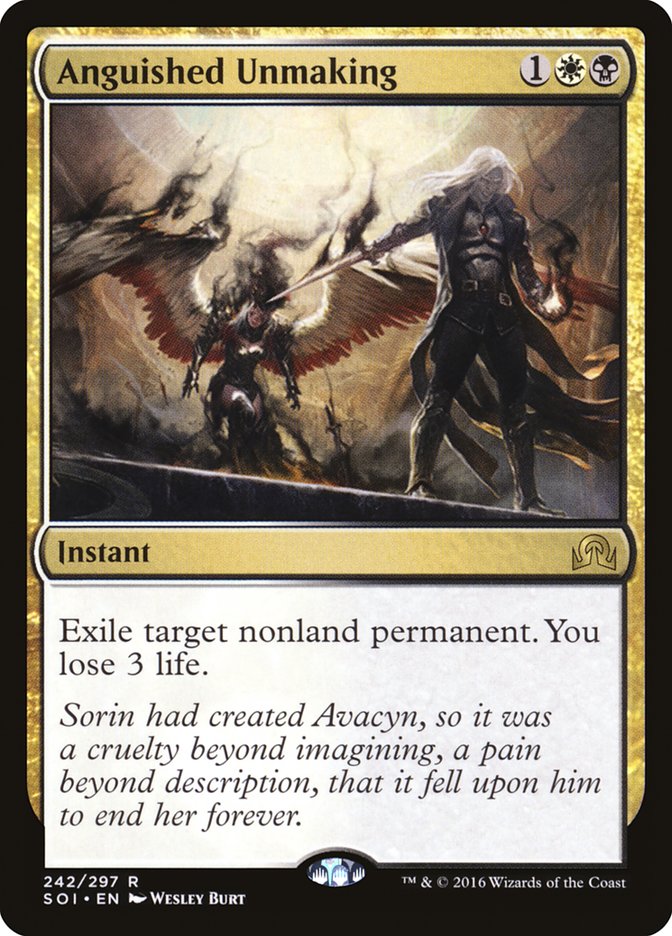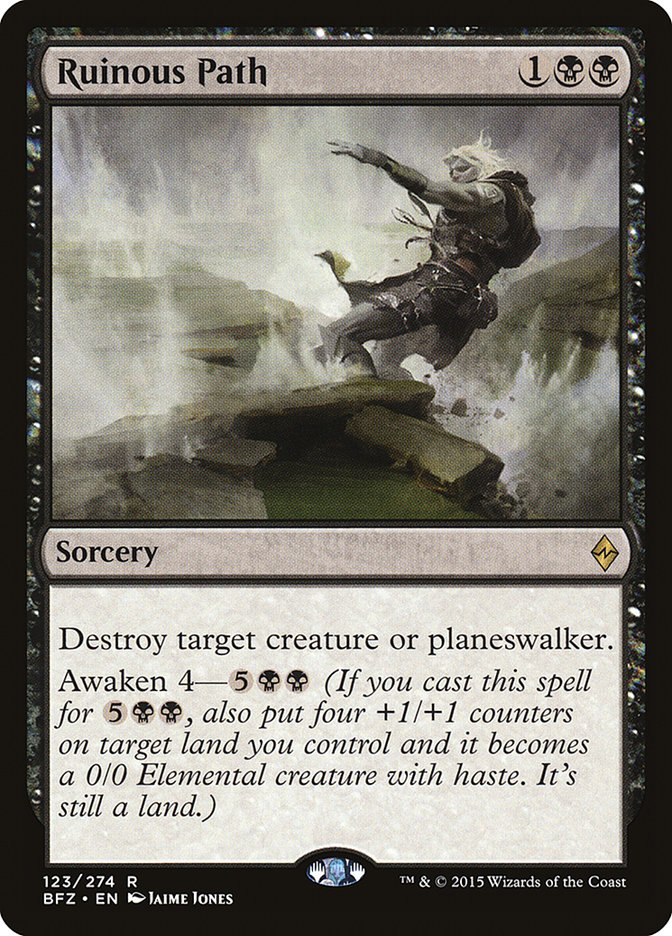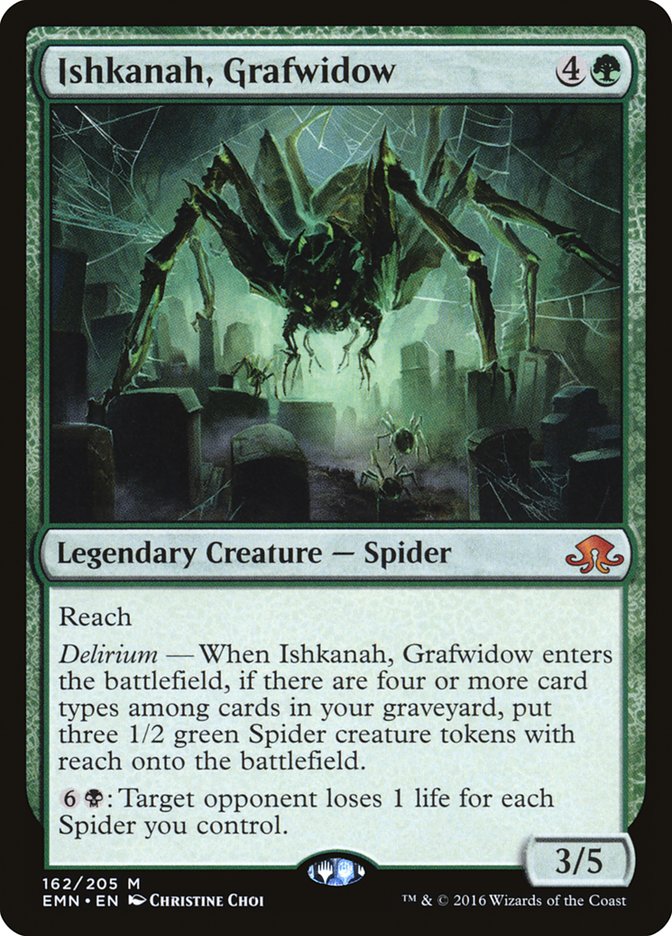“Value above replacement.” That term will be familiar for those of you that follow sports closely enough to encounter the recent surge in the use of new analytical tools and statistics.
The idea is that any individual player on the team is only useful relative to the theoretical player who would replace them should they be removed from the roster.
It’s important to understand that the replacement player is not simply the next person on that team’s depth chart or the top free agent available, but a fictitious player that serves as the baseline for all players. Measuring value from a standardized baseline allows you to more accurately compare the contributions made by players who play different positions or have very different skill sets.
With this perspective, it’s easy to see how team building in sports is a game of resource allocation. Teams have a certain amount of money and a certain number of roster spots to fill, and need to use that money in the most efficient way possible to build the best team, as measured by total skill and compatibility of the players.
Does that sound familiar? It should, because that’s essentially what deckbuilding in Magic is.
While the monetary side is mostly irrelevant at high-level play, you have 40 or 75 spots to be used and a specific pool of cards from which to fill them. Each card has advantages and disadvantages, but it’s important to realize that every card you add is taking up a spot that some replacement card could have taken, and you should be comparing the efficacy of that card to that baseline.
Thus, the onus is on you to justify why every single card in your deck is there, not the other way around. Slots in your deck are valuable and maximizing every single one of them is paramount to good deckbuilding. Without comparing to the replacement-level baseline, you can make an argument for adding any castable card to your deck, since there are undoubtedly going to be some situations, however unlikely, where that card will be useful. But if the card’s total utility across the spectrum of game states is lower than replacement level, it’s going to have a negative impact on your deck as a whole.
This reasoning provides a clear picture as to why playing the minimum deck size is generally correct. Once you’re over the minimum, then you have the option of replacing any card in your deck with “nothing,” which sounds like a net negative, but in reality that “nothing” is composed of the tiny increases in your odds of drawing the other cards in your deck, which presumably are higher in value than the card you are cutting.
Of course, the “cut your worst card(s)” argument has been around for quite some time in Magic circles, so this is nothing new, but it’s encouraging to see some generally accepted wisdom fall neatly into this framework.
This perspective also makes it abundantly clear why you should err toward the most powerful cards early in a draft regardless of color. The vast majority of drafts end with more than 23 playable cards, and the last few spots are exactly the kind of replacement-level cards that form our baseline. Therefore, even though seeing an early pick wasted on a card that didn’t make the deck is emotionally unsatisfying, taking one of those mediocre filler cards over it ultimately provides no value. The risk of taking a better card and changing colors mid-draft should the packs fall that way has a chance of significantly raising the quality of your deck. You can draft for need in the third pack, once you no longer have the option of switching, but early on, just take the best card.
These first few examples make it seem like I’ve found a way to make Magic simple, but nothing will be as simple as “play the 40 or 60 cards with the highest Value Above Replacement.” For one, devising a system to quantify that for Magic cards would be incredibly complex and need to constantly adjust for the expected metagame. It has taken decades of work from thousands of people across many sports to develop the analytical tools they have, and even those don’t work so simply.
The best basketball team won’t necessarily be the five highest-value players if those players don’t mesh well. Five centers would have no one to handle the ball, while five point guards would be hopeless defending the rim or rebounding. How the pieces fit together still matters, but the system is quite effective at comparing players (or cards in this case) that have the same role.
Value Above Replacement on a Micro Level
What is the average removal spell? The average creature? Based on recent printings in Standard, it might be reasonable to say that Murder is about the baseline removal spell, while in most recent Draft formats, the replacement-level creature is about a Riot Devils.
We can squabble about the exact details here (an exercise I would encourage you to undertake in your testing groups because I think the conversation would force you all to wrestle with your preconceived notions of power level in Magic), but my purposes today are qualitative, so for now let’s accept the above standards and move on.
Now consider Grasp of Darkness and Harnessed Lightning, widely considered the best removal spells in Standard right now.
As reactive cards, removal spells gain their value from how versatile they are and how efficient they are. Versatility comes from how many types of threats they can answer, from all sizes of creatures to noncreature permanents. Efficiency is a metric of how they allow you to match the curve of your opponent. We all know that using a three-mana spell on a one-mana creature is a significant tempo loss, and aggressive decks have preyed upon that for twenty years. It’s not enough for removal spells to kill anything, either; if that were the case, then Anguished Unmaking and Ruinous Path would be everywhere rather than minor role-players.
Note that the difference between instant and sorcery affects both of these metrics, because only instant-speed removal can answer Vehicles and creature-lands while also letting you answer creatures played on your opponent’s turn to maintain parity when necessary.
Grasp of Darkness and Harnessed Lightning both score very highly on the efficiency metric as two-mana instants that answer most cheap creatures. So the question is, how quickly do they become ineffective? When do creatures outside of their range start to enter the battlefield?
Unsurprisingly, the answer is there aren’t many creatures at any point in the curve that they don’t answer. Harnessed Lightning typically comes with some other energy creators, so answering four- and five-toughness creatures is commonplace. As such, they both answer Archangel Avacyn, and while they fail to answer Ishkanah, Grafwidow, that isn’t a mark against them, since nearly all removal spells, including the replacement-level ones, fail that test. A removal spell that could cleanly answer Ishkanah, Grafwidow would thus be incredibly valuable due to its uniqueness.
This kind of analysis can be done with any type of cards, like pump spells and other combat tricks in Limited, sweepers, counterspells, planeswalkers…the above are just the most illustrative examples.
This framework also allows us to examine one of the most pressing issues of the day: the unpopularity of Standard. In Michael Majors’s excellentpieceyesterday, he argued, correctly in my opinion, that the fundamental issues in the format revolve around Emrakul, the Promised End. Aetherworks Marvel, Traverse the Ulvenwald, and Ishkanah, Grafwidow are important pieces to the puzzle, but Emrakul, the Promised End is the lynchpin.
This is because, as a threat, it serves two distinct roles better than any creature in recent Standard memory. First, it’s so powerful that it’s the best thing to cheat onto the battlefield and serve as the finisher in a combo/ramp strategy. It ends the game quickly when you are ahead while also pulling you back from even the most comically lopsided positions. Moreover, it’s very difficult to answer directly, thereby insuring your investment and making it perfect for a deck that wants to be non-interactive in the early-game so it can set up a powerful play.
Second, it’s also the best haymaker in midrange decks. Normally the big threats you cheat onto the battlefield are prohibitively costed; think Progenitus, Griselbrand, or Emrakul, the Aeons Torn. But Emrakul, the Promised End often costs eight, seven, or even six mana. To continue the sports metaphor, she’s the real MVP.
The end result is a card that is absurdly powerful for what it does and flexible enough to fit into multiple roles. That is the exact recipe for a format-warping card, which is why I think it’s reasonable to lobby for a ban should Aether Revolt not sufficiently change the course of the format.
Speaking of Aether Revolt, I believe that having this baseline in mind helps immensely when evaluating new cards. The standards by which cards are evaluated change with the metagame cycle, leaving some objectively good cards to languish on the bench behind a superstar, but if that player is good enough, the coach will change the team’s strategy to utilize them. Such is the case in Magic as well. Getting a couple of new cheap creatures to work with may mean your midrange deck should become an aggressive deck. Identify the most valuable cards along with what kinds of cards have several good options and follow them wherever they lead.
Value Above Replacement on a Macro Level
So if some cards are simply better than others, why don’t people just play four copies of the best cards and zero of the others? I said earlier that it’s more complicated than simply finding the best cards and playing them. Decks are more than collections of good cards.
Consider an aggressive deck. For one, you want a good curve. What exactly that curve may be will change based on where the most powerful cards sit, but most likely your curve will center around two and three. Now the value of each individual card is balanced between wanting the most total power and wanting the macroscopic view of your deck to be ideal. Your strategy is to sacrifice power level for speed, so how you define value has to change to reflect the wants and needs of your strategy.
For a specific example, take Modern Affinity.
Creatures (27)
- 4 Arcbound Ravager
- 4 Ornithopter
- 3 Master of Etherium
- 4 Steel Overseer
- 2 Memnite
- 2 Etched Champion
- 4 Signal Pest
- 4 Vault Skirge
Lands (17)
Spells (16)
Sideboard

It doesn’t have a particularly traditional curve, instead relying on cheap artifacts to leverage the power of Cranial Plating, Arcbound Ravager, and Steel Overseer. But doing so requires you to play a lot of cheap, underpowered artifacts. No one likes drawing Memnite or Ornithopter on turn 6; it’s almost insulting. One moment, you were drawing a card with so many possibilities, and suddenly it disintegrated and all that remained was a crappy 1/1.
But in an aggressive framework, you can’t worry as much about how well you are going to topdeck. Speed is the more valuable metric, and it doesn’t get faster than zero mana. There are going to be strengths and weaknesses to any strategy, and as much as you try to accentuate the former and diminish the latter, those attributes are so fundamental that they are never going away. You simply have to do the best with what you have and accept it for what it is.
Like the microscopic view, this macroscopic one can apply to any type of card, so let’s look at the other primary example, removal spells in a reactive deck.
Yes, Grasp of Darkness and Harnessed Lightning are the best overall removal spells, but they still have holes. Neither can answer planeswalkers like Ruinous Path, and they are unlikely to answer something like an Elder Deep-Fiend. Reactive decks need to be ready to answer whatever their opponents are playing, so when you zoom out and look at your removal suite, the goal should be to eliminate any potential holes while sacrificing as little overall power as possible.
That’s how you end up with decks playing something like this:
I often see new players puzzled by those kinds of splits in decks that lack the raw card selection to dig for singletons. After all, if Ruinous Path is the second-best removal spell, you should play four before anything else, right? But you want to balance all the variables when building a removal package, and here it seems that having the extra instant is more valuable, which makes sense if Archangel Avacyn is a concern.
Even without the pressure of Archangel Avacyn or other flash creatures, if there were no planeswalkers seeing play in the format, then the instant speed of Murder is likely more valuable than the awaken mechanic on Ruinous Path.
As I’ve said, there are still difficult, subjective questions to answer here. Analytical tools are not a magic box that spits out the right answer from a given set of variables. They require subjective input about how to weigh the variables against each other. But most analysis isn’t about getting the right answer but asking the right question in the first place.
So rather than asking “Which of these cards is better?” this framework wants you to dissect what exactly you mean by better and ask that question. The variables (What is your deck? What are the stats on each card? What metagame are you expecting?) are still the same, but spending the time to consider what you mean by better will lead to you making sense of which of those variables are more important and which are less.
This framework also lays plain that deckbuilding, and Magic in general, are heavily influenced by economic principles. We often talk of the math involved in Magic, but philosophically, I find the game to be much more economical. Of course, math is an incredibly important tool in that field, so the two are closely related, but importantly, economics accepts the fuzziness and subjectivity inherent in dealing with incredibly complex systems.
We’re never going to have completely accurate answers like “W/U Flash is 60-40 against R/G Aetherworks.” We have crude, biased estimates that only serve to create arguments and distract us from the more important questions that lead to deeper understanding and better outcomes.
Let’s stop obsessing with questions we’ll never have a sufficient answer for and embrace the subjectivity.


